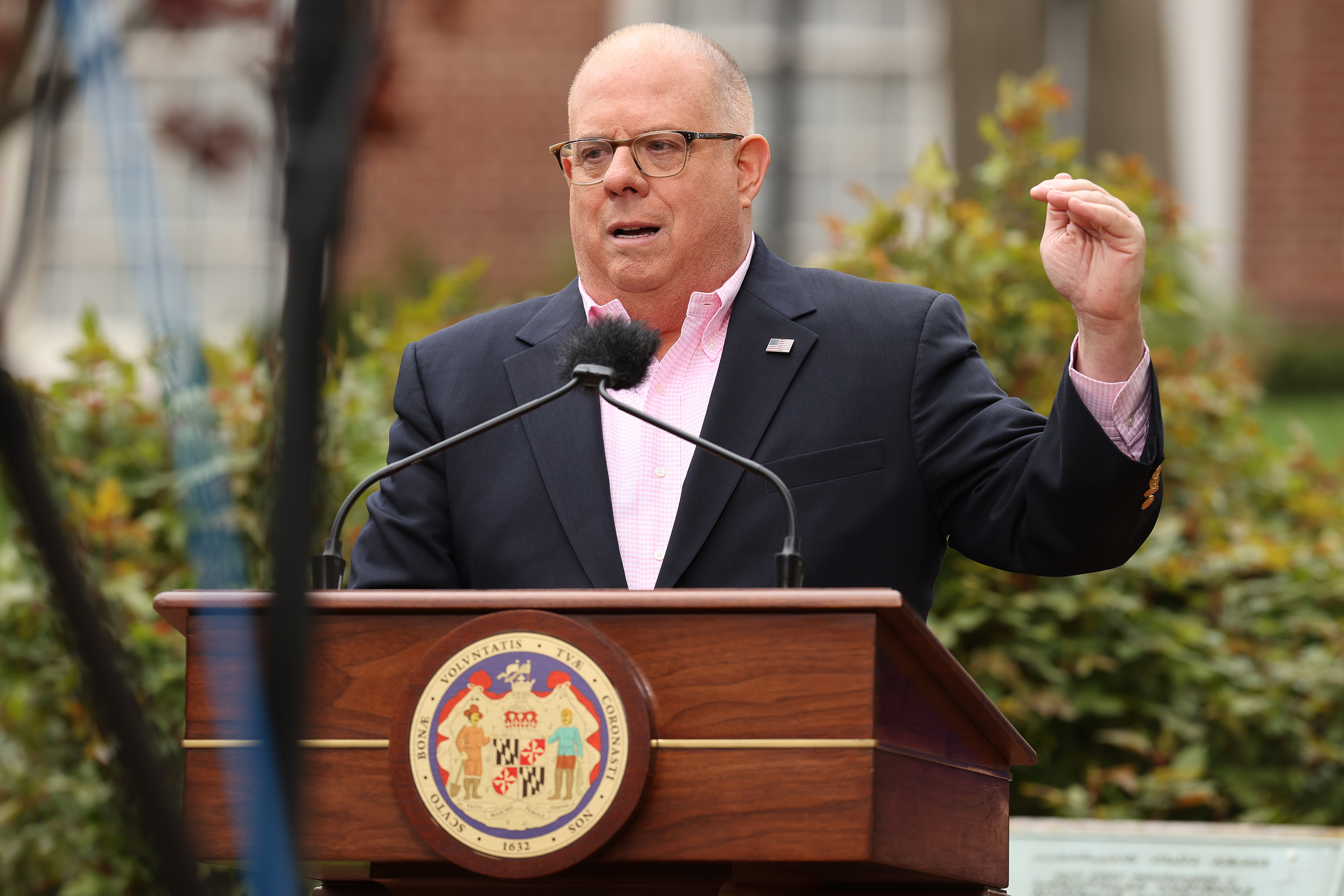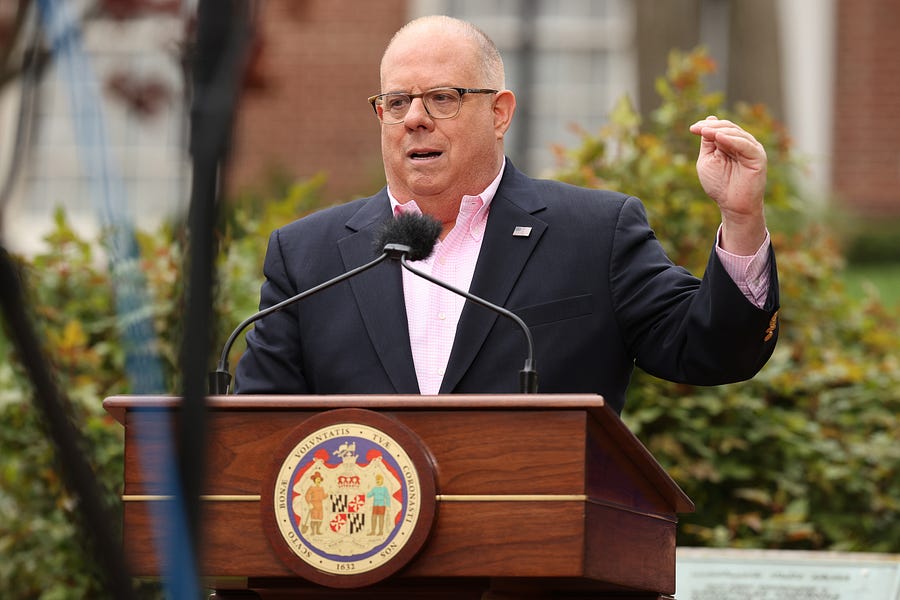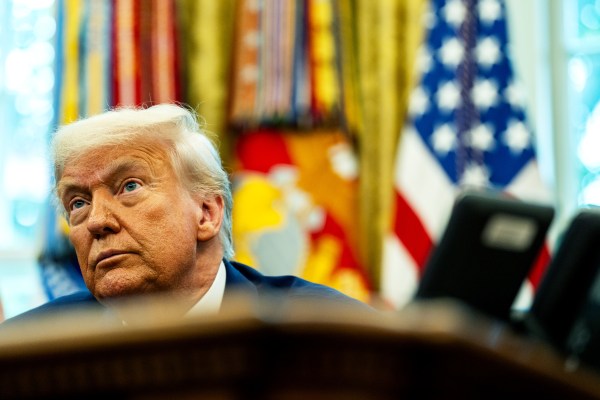Happy Thursday! We got so many submissions to yesterday’s Let Us Know that we weren’t able to reply to all of them. But just know that we loved reading them all—isn’t it funny what sticks in our memories and how it shapes us?
Quick Hits: Today’s Top Stories
-
As of Wednesday night, there are now 842,629 confirmed cases of COVID-19 in the United States (a 2.2 percent increase from yesterday) and 46,784 deaths (a 3.9 percent increase from yesterday), according to the Johns Hopkins University COVID-19 Dashboard, leading to a mortality rate among confirmed cases of 5.6 percent (the true mortality rate is likely much lower, but it’s hard to determine precisely due to incomplete testing regimens). Of 4,482,434 coronavirus tests conducted in the United States, 18.8 percent have come back positive. There are 121,739 Americans hospitalized with COVID-19 complications (a 1.2 percent increase from yesterday), and 76,601 have recovered from the virus (a 1.4 percent increase from yesterday).
-
Some elite schools, including Harvard, Stanford, and Princeton, said they will withdraw their applications for aid money allotted by the CARES Act to support higher education after President Trump demanded Harvard “give back the money now” and threatened to audit “their whole ‘endowment’ system.”
-
Senate Majority Leader Mitch McConnell suggested yesterday that states and local governments should be able to declare bankruptcy to weather the coronavirus crisis, rather than being financed by still more federal deficit spending.
-
The top vaccine expert ousted from HHS this week is claiming he was forced into a narrower role because he pressed for the government to vigorously vet hydroxychloroquine as a coronavirus treatment before touting it as a promising therapeutic.
-
A growing body of evidence suggests that COVID-19 may be causing blood clots to form in some patients, causing sudden strokes even in some younger, otherwise healthier patients.
-
It’s not sports—at least in the games-being-played sense of the word. But the 2020 NFL Draft will air live this weekend on ABC, ESPN and the NFL Network. The first round begins tonight at 8 p.m.
Getting From Here to There

When the Trump administration released its road map to reopening the economy last week, we wrote that it was an encouraging and useful document, but an incomplete one. While the benchmarks it put in place were sound, it was light on specifics for how to get there.
But plans move fast when the whole nation is focused on a crisis. This week, we’re already seeing some of the details taking shape. Yesterday, the National Governors Association, headed by Gov. Larry Hogan of Maryland, released guidance for the nation’s governors intended to give them a more detailed path forward for reopening.
Hogan’s proposal takes a more conservative route than the White House’s on several points. Most notably, he recommends beginning to lift restrictions only after a state’s number of COVID deaths and new hospitalizations have seen a consistent two-week decline, a benchmark that would keep states closed a bit longer than the administration’s criterion of two weeks of decline in new cases. By and large, however, Hogan’s plan simply fleshes out the White House guidelines, offering other states concrete steps to take, benchmarks to meet, and resources to make use of as they try to get themselves in reopening shape.
All this is good and useful. Yet when it comes to the most important nationwide step—ramping up our current COVID testing apparatus—the states by themselves can do only so much. Further, it’s becoming clear that what’s needed at the federal level won’t just be leadership and coordination from the White House. Getting testing to the point where we can rely on it to open the economy is likely to require one big thing: for Congress to open up the checkbook and shell out for it.
That’s the contention, anyway, of a new report out this morning from Nobel Prize-winning economist Paul Romer, whose arguments that the U.S. has been testing not only insufficient numbers of people but also the wrong people altogether have been cropping up all over the place in recent days, including in the NGA report discussed above. In the report, Romer argues that reopenings won’t be sustainable unless they’re accompanied by a testing response orders of magnitude greater than the one we have currently in place.
“The virus can only do one of two things: exponentially grow, or exponentially decline,” he writes. “Even if the number of infections drops very low (or hits zero), easing containment policies without a viable alternative like ‘test and isolate’ in place would resume exponential growth of the virus, likely bringing us back to our current situation.”
A few things could happen to change this grim calculus. A vaccine could be developed expeditiously and put into wide use. In the nearer term, muscular therapeutics could be discovered to render the virus substantially less deadly. But Romer argues that we have only one strategy available that relies exclusively on knowledge and technology we already have in hand now: strapping rocket boosters to our testing system with a large new infusion of federal cash. That’s $100 billion a year, in Romer’s estimation, to scale up and operate ubiquitous testing until a vaccine or powerful therapeutic treatment is found.
Such an expense, Romer argues, could not be paid for through our ordinary health care system for a simple reason: healthy-seeming people need to be tested too, and tested often, in order to cut down as much as possible on asymptomatic spread. This would be a steep expense—but, as Romer points out, far cheaper than the federal government continuing to foot the bill for the entire U.S. economy.
So far, there’s no indication that Congress plans to put substantial new resources behind testing in the current “phase four” bill under debate. Look for that to change as it becomes increasingly clear that the current path is unsustainable.
Georgia on Our Minds
In yet another example of Donald Trump leading a political ally out on a limb only to pull the rug out from under them (and of a mixed metaphor with a funny visual), the criticized Georgia Gov. Brian Kemp’s plan to begin reopening portions of the state’s economy as early as this Friday, reversing his earlier praise for the governor.
“I disagree strongly with [Governor Kemp’s] decision to open certain facilities which are in violation of the Phase One guidelines,” Trump said in his nightly news conference on Wednesday. “I want him to do what he thinks is right … but I think spas, and beauty salons, and tattoo parlors, and barber shops, in Phase One … is just too soon. … They can wait a little bit longer.”
Kemp is staying the course. In a piece for the site, Declan examines the data that went into the governor’s choice, what public health experts are saying about it, and how the state’s business community is reacting. The bottom line: Not one of the twenty businesses he reached have plans to reopen.
What’s reopening? And when?
No businesses have to reopen under Gov. Kemp’s new guidance. But gyms, bowling alleys, tattoo parlors, hairdressers, and nail salons will be permitted to open their doors this Friday. Theaters and dine-in restaurants will have to wait until Monday.
But Kemp’s move is not as far-reaching as some have made it out to be. “The entities that I am reopening are not reopening for ‘business as usual,’” he told reporters on Monday. “Today’s announcement is a small step forward and should be treated as such.”
So Trump isn’t on board. What about local officials?
The commissioner of Georgia’s Department of Public Health—Dr. Kathleen Toomey—has signed off on the plan.
But several mayors—including Atlanta’s Keisha Lance Bottoms—are not in favor. Bottoms conceded that while the governor’s order “supersedes” her own authority, that won’t stop her from speaking up. “What I will continue to ask Atlantans, is to please stay at home,” she told ABC News’ Linsey Davis.
Infectious disease physician and epidemiologist Dr. Gregory Kirk told Declan he “would be very hesitant to bet the lives of my state’s citizens until I really saw a longer trend and a more reliable data structure supporting that trend.”
Even Kemp himself admitted that “hen we have more people moving around, we’re probably going to see our cases continue to go up.” But he added that “we’re a lot better prepared for that now than we were over a month ago.”
Why is Kemp doing this?
Because many in the state are struggling economically. “I don’t give a damn about politics right now,” he said on Monday. “We’re talking about somebody that has put their whole life into building a business that has people they love and work with every single day … that are at home, going broke, worrying about whether they can feed their children, make their mortgage payment.”
Are companies going to jump at this opportunity to reopen?
Not necessarily. Some undoubtedly will. But Declan reached out to nearly 20 small businesses in Georgia this week. Not one told him of plans to reopen this week.
Porch Light Latin Kitchen in Smyrna shifted to a takeout model right after St. Patrick’s Day, and there are no plans to change that in the foreseeable future.
“Unfortunately, irregardless of what the governor has said, we will continue to operate this takeout business the way we have been doing it,” the restaurant’s owner, Andre Gomez, said. “It’s kind of hard to social distance inside a restaurant. It’s borderline impossible, especially in an atmosphere like we have. It’s a small restaurant. The tables are pretty close together as it is. And the whole thing about going out to eat is just feeling comfortable and relaxed and enjoying yourself. It’d be kind of hard to try to do that while being socially distant.”
Gomez compared the potential liabilities of opening up too early to serving alcohol to someone under 21. “The risk of somebody getting ill, it’s not worth it,” he said. “There’s too many liabilities, and I’m pretty sure my insurance company’s not going to cover it.”
Talk to us about the bowling alleys.
We can’t tell you why they were included in the first tranche of businesses to reopen. But Declan did talk to the manager of one—and unearthed this heartwarming story.
Even businesses outside of urban areas are leery of moving too quickly. Shamrock Bowling Center in Dublin—a town of about 15,000 in the center of the state—posted on its Facebook page that it was staying closed for now. Michelle Roland—who manages the lanes with her stepdad—assumed the regulars would be furious.
“When I put that thing out, I was scared of the backlash that we would get from the people that are like, ‘Oh, y’all are just being crazy, this virus isn’t a big deal,’” she admitted. “But I did not receive one message like that. I couldn’t believe the overwhelming positivity we got.”
“Very wise decision. Your community can see you care,” one read.
“You have our full support on the decision! And we look forward to seeing y’all when you are ready,” said another.
“You know we will be back. You guys are family now,” a woman wrote.
Worth Your Time
-
In yesterday’s Morning Dispatch, we discussed the Paycheck Protection Program and how small businesses seem to be getting frozen out from loans by big banks. Matt Levine’s Monday “Money Stuff” Bloomberg column—sent to us by reader Ted—helps to explain why. “Part of the response to 2008, and to a lot of post-2008 scandals for that matter, has been to try to make big banks do fewer crimes than they used to. Mostly a good plan! On the other hand, if your regulatory approach for the last decade or so has been to force big banks to be more careful, to demand extensive compliance programs and punish them severely for compliance failures, there is always the risk that they will have too much compliance. ‘Too much compliance’ is almost never a complaint that anyone but a banker will take seriously: Ooh, you poor babies, you are spending too much money on not doing crimes, you are doing too few crimes, tell me more about your troubles.”
-
More PPP! It’s good news that Congress is electing to refill the Paycheck Protection Program, the fund instituted by the CARES Act to give bridge loans to small businesses, which ran dry last week. But as Yuval Levin writes for National Review, the new legislation does very little to address the ways in which the best policy thinking on the crisis has evolved in the month since the economic relief bill passed—specifically, the need to find a way to get us off our current unsustainable set-up as soon as safely possible.
Something Fun
This video was enormously therapeutic to us. Whether that’s healthy is a question we plan to address with clergy/therapists/spouses/friends once we’re allowed to leave the house again.
Presented Without Comment
(Okay, one comment: Pretty good recovery, both by Jack and the anchor.)
Toeing the Company Line
-
Would you like to hear Jonah wax apocalyptic for a couple thousand words on the subject of how bad our cultural elites are at understanding/communicating what’s good and worthy about our culture? Then you definitely want to read his latest piece for the site. And then listen to his Remnant podcast with Vincent Cannato. And then check out his Hump Day Epistle (🔒).
-
The coronavirus pandemic seems to have shut down everything but the terrorists. Thomas Joscelyn’s new Vital Interests (🔒) newsletter breaks down the recent arrest of four alleged ISIS conspirators in Germany and what the case tells us about the current state and strength of the extremist group.
-
President Trump opened his briefing Wednesday with an accusation that the Washington Post (and others) “totally misquoted” CDC Director Robert Redfield’s comments about a possible second wave of the coronavirus in the fall. The Trump campaign tweeted a segment of Redfield’s comments from the briefing, where he sought to clarify his meaning. The Dispatch Fact Check’s Alec Dent took a careful look at the claim and found that the headline on the Post’s story was misleading. But the campaign’s tweet repeating the accusation that Redfield was “totally misquoted” left out one important comment from Redfield’s appearance at the briefing: “I am accurately quoted in the Washington Post.”
-
There’s a new Dispatch Podcast out! Give it a listen to hear the honchos discuss the latest coronavirus news, including the ongoing protests against the quarantines and friction between the federal government and the states—or to learn what they offered as the one album played front-to-back brings them the most joy.
Reporting by Declan Garvey (@declanpgarvey), Andrew Egger (@EggerDC), Alec Dent (@Alec_Dent), Sarah Isgur (@whignewtons), and Steve Hayes (@stephenfhayes).







Please note that we at The Dispatch hold ourselves, our work, and our commenters to a higher standard than other places on the internet. We welcome comments that foster genuine debate or discussion—including comments critical of us or our work—but responses that include ad hominem attacks on fellow Dispatch members or are intended to stoke fear and anger may be moderated.
With your membership, you only have the ability to comment on The Morning Dispatch articles. Consider upgrading to join the conversation everywhere.